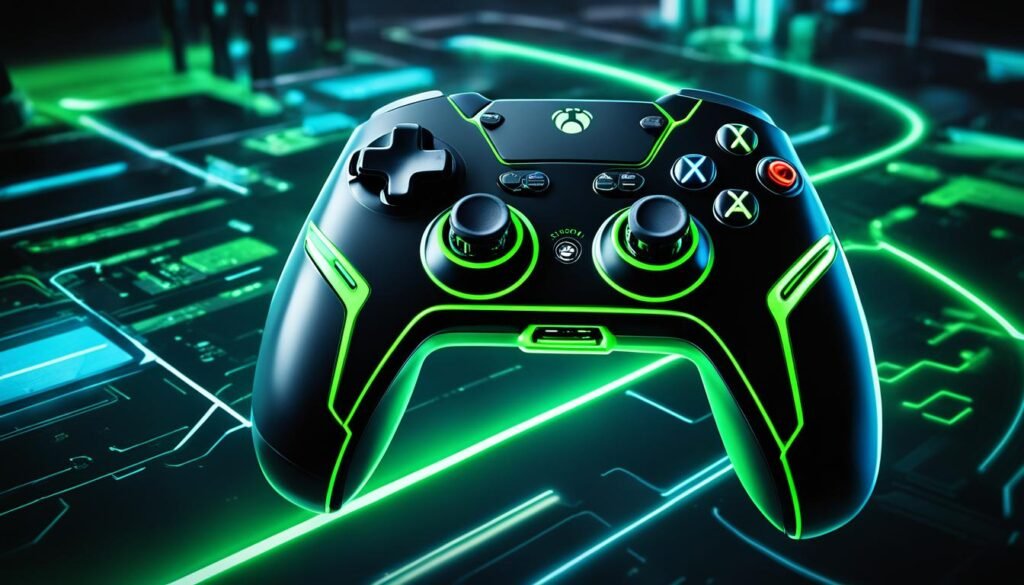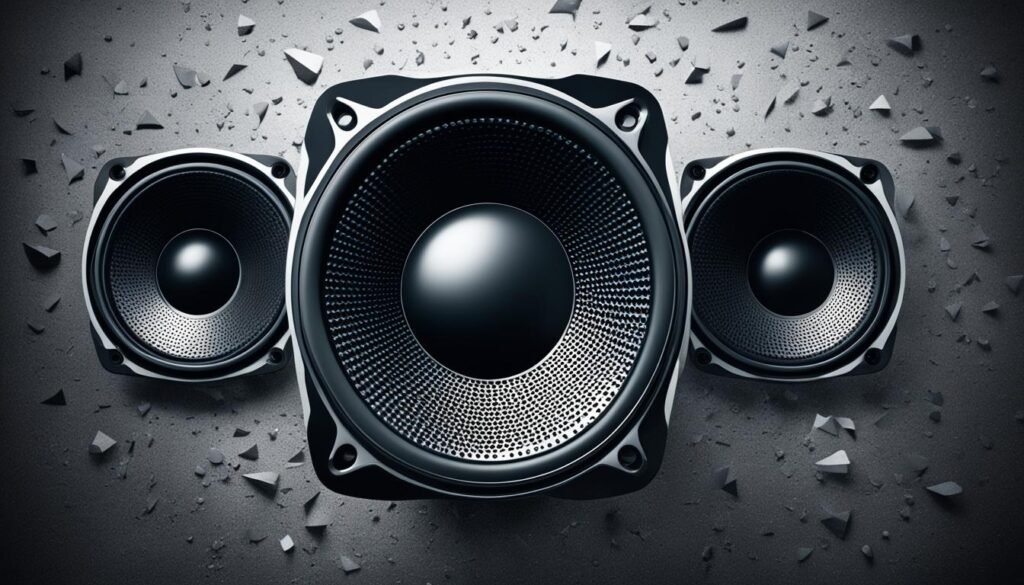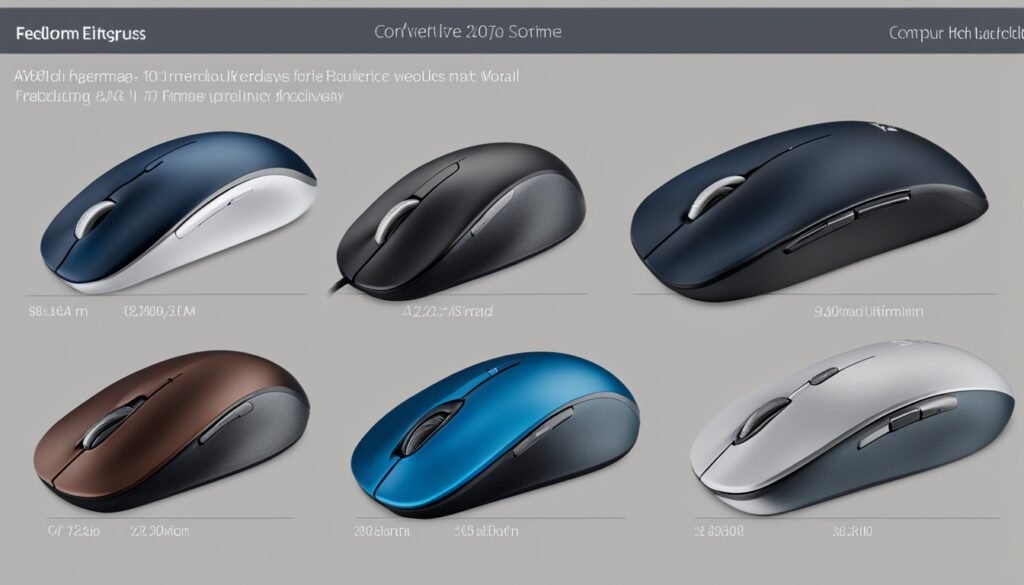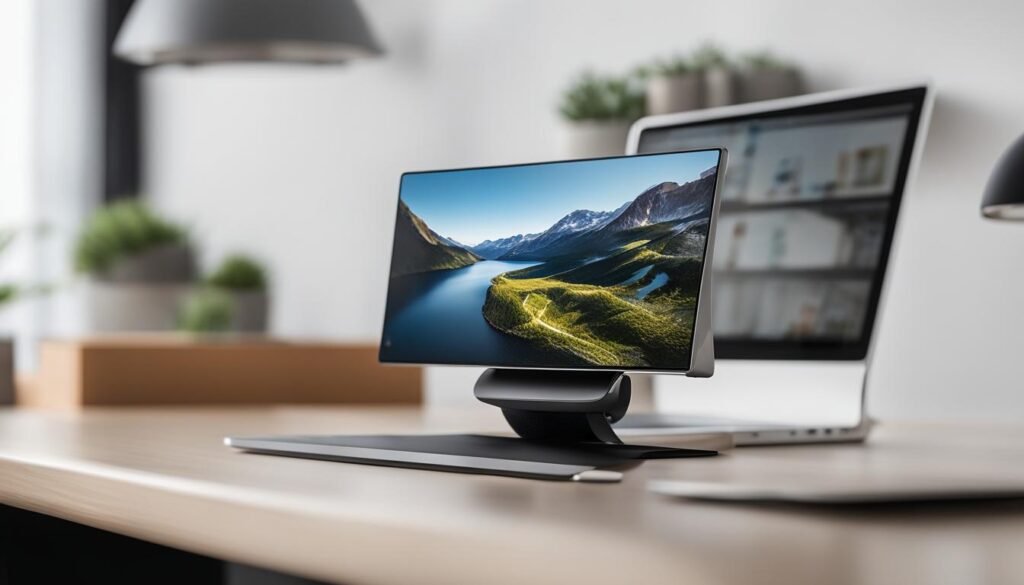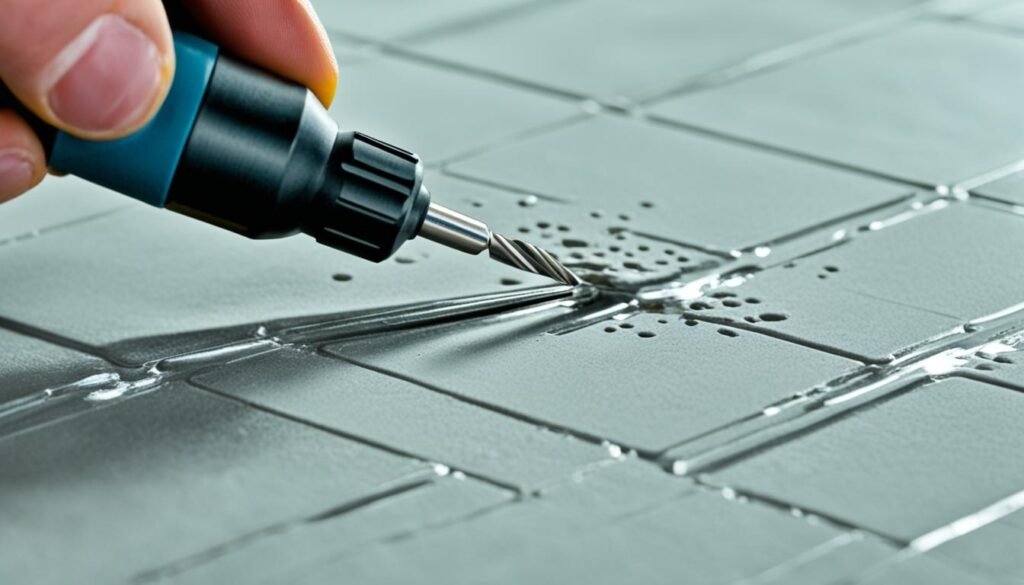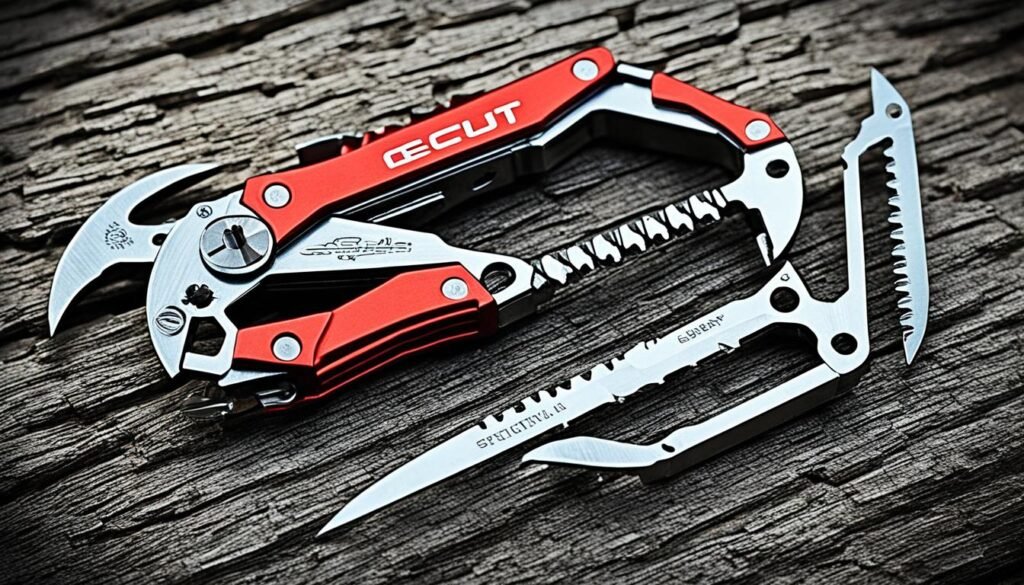When soldering electronics, choosing the right materials is key to strong, reliable connections. With many options available, it’s hard to pick the best solder for electronics. You might wonder if the type of solder wire or the brand is more important. Let’s dive into the world of soldering to find the top picks and expert tips for great results.
The right solder helps you make durable connections between electronic parts. This is true whether you’re new to soldering or have lots of experience. We’ll give you the knowledge to choose the best solder for your projects. So, are you ready to explore the top soldering materials and see which ones are best?
Understanding Solder for Circuit Boards
Solder is key for making strong connections on circuit boards. It ties electronic parts to the board. It’s vital to know about the various solder types for your projects, whether you’re into DIY or a pro.
Solder comes in many types, like wire and paste. Solder wire, made of an alloy, melts when you heat it. This makes it perfect for joining components by hand. Many fans of electronics use solder wire.
Solder paste mixes solder powder and flux. It’s mostly for reflow soldering. This method puts the paste in the right spots on the board. Then, the solder paste turns into liquid in the reflow, creating solid links with components.
Choosing the correct solder is crucial for your project. For work done by hand, solder wire stands out. It gives you great control. But if you’re making large-scale connections, like in surface mount technology, go for solder paste.
The Different Types of Solder
There are different solder types, like lead-based and lead-free:
- Lead-based solder: It includes tin and lead. This solder is easy to work with because it needs low heat to melt and connects well.
- Lead-free solder doesn’t contain lead, which is better for the environment. Made from tin, silver, and copper, it performs similarly to lead-based solder.
Choosing between these two depends on your needs. Consider the job, rules, and the Earth.
Knowing solder helps you pick the right one for your circuit board work. Whether solder wire or paste, getting the right one means trustworthy device connections.
Top 8 Best Solders for Circuit Boards
Choosing the best solder is key for successful, safe connections in your electronic works. We found and listed the top solders for your circuit boards. These options have low melt points, create strong bonds, and work for many electronic tasks.
1. *Hakko 599B-02*: This product is known for its low melt point and excellent wetting, which ensures reliable connections. It’s also easy to use and precise, which is why it’s loved by electronics fans.
2. *Kester 44 Rosin Core Solder*: Kester 44 is known thanks to its trusted core and performance. It wets well and melts quickly, perfect for anyone working on boards.
3. *Weller WLC100 Soldering Station*: Weller WLC100 has a built-in temperature control for accurate board work. It’s great for both newbies and skilled hands.
4.* MG Chemicals Lead-Free Rosin Core Solder*: Looking for lead-free resin core solder? MG Chemicals offers a great option. It has a low melting point and strong connections for various projects.
5. *Alpha Fry AT-31604 60-40 Rosin Core Solder*: Alpha Fry AT-31604 is designed for everyday soldering tasks. Reliable wetting and strong joints ensure your connections are solid.
6. *AIM Solder SAC305 Lead-Free Solder*: AIM Solder is strong and reliable for tough jobs. It’s a favorite of professionals for its quality.
7. *Kester 245 No-Clean Flux Core Solder*: No-clean? Consider Kester 245. It wets well, leaves little residue, and does a great job for those who prefer it.
8. *RosinKing 63-37 Rosin Core Solder*: For board work, RosinKing is excellent. It balances melt point and strength well, ensuring your joints are trustworthy.
Choose solder based on melt points, flux type, and your project’s needs. Testing will reveal the right solder, which will lead to strong and lasting connections in your projects.
Difference Between Lead and Lead-Free Solder
When soldering, choosing between lead and lead-free solder is a big decision. Lead solder, made of tin and lead, is standard in electronics because of its low melting point, which makes it easy to work with. However, because of the dangers of lead, it’s now seen as risky for health and the environment.
Conversely, lead-free solder, a mix of tin, silver, and copper, is better for our planet. It meets rules like RoHS, which ban harmful substances like lead in electronics.
Lead and lead-free solder are different because of what they’re made of. They melt at different temperatures. Lead solder melts more quickly and is suitable for jobs needing less heat. However, lead-free solders still work well in most electronics jobs.
Then, there’s how well the solder sticks (called wetting). Lead-free solder sticks are better, which helps parts connect stronger. Yet, lead solder might be better at this on some materials.
Lead solder is strong and lasts a long time. However, lead-free solders might need special care to be as strong as possible.
Lead solder can be bad for us if we breathe or eat its dust. So, lead-free solder is the safer choice since it doesn’t have lead.
Lead-free solder is usually pricier. This is because its materials and making it are more expensive.
So, when picking between lead and lead-free solder, think about your needs. Lead solder may work better for heat-sensitive jobs and specific surfaces. However, lead-free solders are safer and help the planet by avoiding lead. Your choice depends on what’s essential for your project and if you want to avoid health and environmental risks.
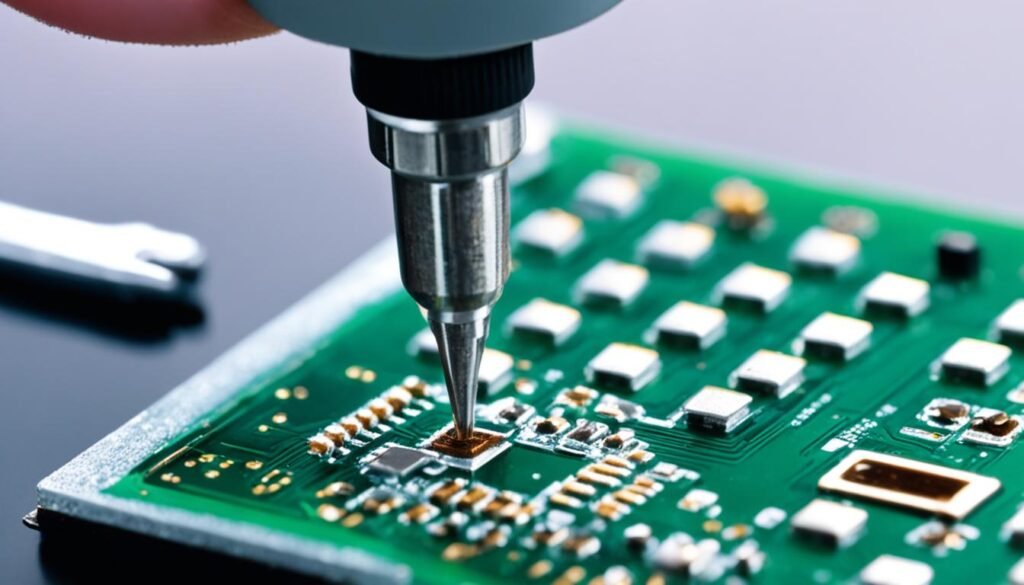
Tips for Successful Soldering of Circuit Boards
Soldering circuit boards requires skill and precision. Follow these tips to make good, reliable connections, which will improve your electronic projects.
Choosing the Right Tools
First, choose the best tools for soldering. You need a soldering iron that’s fine-tipped and can change temperature. This helps keep your work clean and protects parts from damage. Good solder wire and flux are also important.
Maintaining a Clean Workspace
Your workspace must be neat to avoid mistakes. Clean your area and organize your tools before you start. A tidy space allows you to find and handle parts more easily.
Preparing Components
Clean your parts with isopropyl alcohol or electronic cleaner before soldering. This removes dirt that can cause issues. Also, cut the leads of the parts to fit the board nicely.
Setting the Proper Temperature
Set your soldering iron to the right temperature for your solder. Too cold or too hot can both cause problems. Always check the solder’s instructions for the best temperature.
Cleaning the Soldering Iron Tip
Keep your soldering iron tip clean to work better and avoid rust. Clean it with a damp sponge or tip cleaner to remove old solder and dirt. Ensure the tip is clean and covered with a thin layer of solder before starting each solder job.
Inspecting Solder Joints
Check your solder joints after you solder. They should look smooth and shiny and cover the area well. Do continuity tests and use a magnifying glass to check for any issues or bad joints.
Follow these tips to solder your circuit boards like a pro. With practice and focus on details, your circuit boards will perform better and last longer.
Factors to Consider When Selecting Solder
When choosing solder for your electronics projects, consider several factors. This will help ensure you pick the best solder for your needs and achieve successful results.
Solder Composition
The solder composition is very important. It affects how the solder performs in different uses. In the market, you’ll find tin-lead alloys and newer lead-free types, like tin-silver-copper. Make sure the solder you choose matches the materials in your project.
Type of Flux Core
The flux core in the solder wire is a big deal. Flux helps clean the solder point, which makes it easier to work with. For electronics, rosin-core flux is common. For plumbing or tough jobs, you’d use acid-core flux. Pick a flux core that fits what you’re working on.
Diameter of the Solder Wire
The solder wire’s diameter changes how much solder you use and how precise the job is. For fine work, thin wires like 0.8mm are great. For heavy-duty tasks, you’d go for thicker wires like 1.5mm. Consider your project’s size and detail to find the correct wire diameter.
Length of the Spool
How much solder you need depends on the spool’s length. For big or frequent jobs, go for a longer spool. It gives you plenty of solder to work with. For small or occasional tasks, a shorter spool works better. Think about how often you solder and the project size to choose your spool’s length.
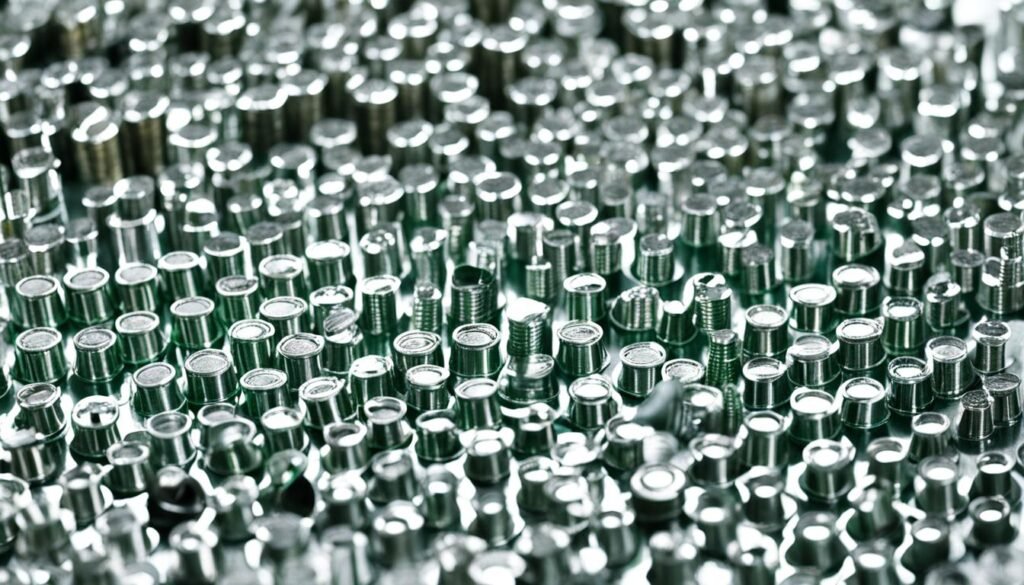
Looking at solder composition, flux core type, wire diameter, and spool length helps you pick the perfect solder for your project. These factors are crucial for good soldering and reliable connections in your electronics work.
Best Solder for Electronics: Reviews and Recommendations
Choosing the right solder is key for strong, reliable electronic connections. It can be hard to pick with so many choices. We’ve found the best solder brands for you.
Weller, Kester, and Hakko are top brands for solder. Their solder wire is high-quality, making great connections easy. They work well for small or big electronics jobs.
Weller solder is consistent and works for many applications. Kester’s flux helps the solder flow well without issues. With excellent heat transfer, Hakko’s solder wire is best for precise work.
Consider these great solder brands for any electronics work. They will make your soldering strong, durable, and long-lasting.
Images Credit: All images are AI-Generated.
Disclaimer: The images, videos & logos displayed on bestfordaily.com are used for informational purposes only. We make every effort to credit the original copyright holder whenever possible. If you are the owner of any content used on this blog and do not wish for it to appear here, please contact us.
Author
-

Hey there! I'm Andrew Reed, and I live for the thrill of writing reviews. Dive into my world at bestfordaily.com, where I unpack stories behind products and experiences. I'm all about sharing my unique take on things, infusing each review with my youthful enthusiasm and a dash of social flair. Join me on this exciting journey—I promise you won't just read reviews; you'll experience them!
View all posts

